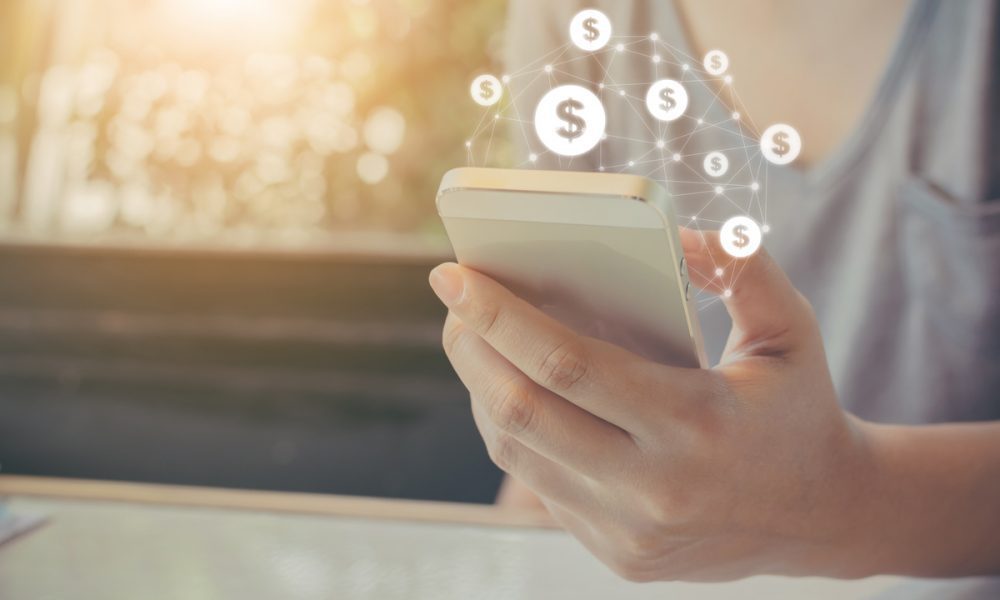As we’ve learned through a series of studies this year, paycheck-to-paycheck living is more widespread than previously thought, including high earners and other consumers not traditionally associated with making ends meet.
For these consumers, various incentives paired with mass payouts can be a lifesaver.
PYMNTS’ October 2021 Mass Payments Playbook: The Paycheck-To-Paycheck Edition, surveyed a census-balanced panel of over 3,900 U.S. consumers to discern the scope of mass payments, as well as key payment preferences among those struggling to reach payday.
Finding that roughly 22 million consumers living paycheck to paycheck received at least one mass payment in June 2021, for example, the study states that “Each of these paycheck-to-paycheck consumers received an average of 13 mass payments that month, with an average value of $177.35. In other words, the average consumer living paycheck to paycheck and struggling to pay their bills received $49 billion in mass payments that month, collectively.”
A standout finding — though not entirely unexpected — is that these consumers “receive more employee incentives than any other type of mass payment, with each of them receiving 5.4 employee incentives per month, on average.”
By comparison, those not struggling to pay their bills or living paycheck to paycheck “received just 3.3 and 3.1 employee incentives in June, respectively, by contrast. This makes for a grand total of 50 million ($8.4 billion) and 43.2 million ($8.9 billion) in employee incentives received by each group that month, respectively.”
Additionally, “Payments for referrals, reviews and testimonials are a close second. Each consumer living paycheck to paycheck and struggling to pay their bills receives an average of 5.2 payments for referrals, reviews or testimonials per month.”

Get the study: Mass Payments Playbook: The Paycheck-To-Paycheck Edition
Digital Wallets Pair Well With Mass Payments
Interestingly, when they do receive mass payments a majority prefer digital wallets.
Finding that 44 percent of mass payments recipients struggling between paychecks and with their bills “would rather be paid via digital wallet than use any other method,” the study adds, “This is 33 percent more than the share of mass payments recipients not living paycheck to paycheck who say the same.”
“Google Pay and PayPal are particularly important for consumers living paycheck to paycheck. More paycheck-to-paycheck consumers cite PayPal than any other digital wallet as their most preferred way to receive mass payments, with Google Pay a close second,” per the study.
Payments choice is of extra importance to those struggling, and “consumers who live paycheck to paycheck and struggle to pay their bills are accustomed to being able to pick how they prefer to be paid, with 75 percent saying they were given two or more options for how to receive at least one mass payment in June 2021.”

Read: Mass Payments Playbook: The Paycheck-To-Paycheck Edition
Struggling Consumers Will Pay Fees
The new data also finds that cash-strapped consumers will pay fees for faster payments.
With paycheck-to-paycheck consumers struggling to pay their bills five times likelier than others to prefer Google Pay for mass payment, the study reports that “Consumers who prefer Google Pay and also live paycheck to paycheck are even more willing to pay the added fee,” with 96 percent willing to pay extra “if it meant they could receive mass payments via Google Pay.”
“Google Pay is not the only payment method consumers living paycheck to paycheck would pay extra to use,” per the study. “Paycheck-to-paycheck consumers are the most likely to say they would pay an added fee to receive mass payments using every one of their most preferred methods. This underscores just how valuable choice is to consumers for whose financial well-being mass payments are most critical.”

Download: Mass Payments Playbook: The Paycheck-To-Paycheck Edition







